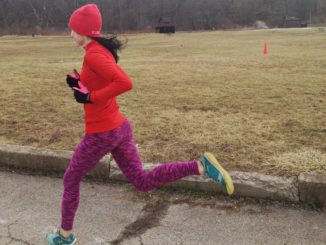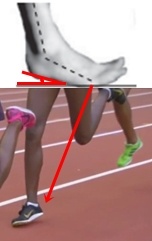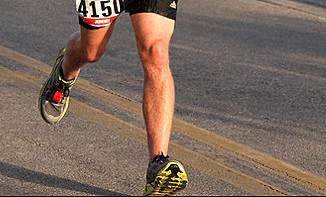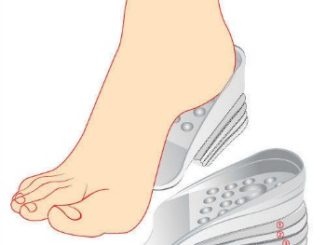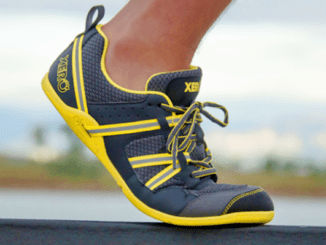
Are Barefoot Shoes Good for Your Achilles? YES!
Running in barefoot shoes leads to more functional improvements in the energy-saving elastic properties of the Achilles. This is because the flat, heelless sole enables the tendon to properly elongate during stance, which was found to make the Achilles better at storing and reusing elastic energy as compared with running shoes with a thick cushioned heel.

